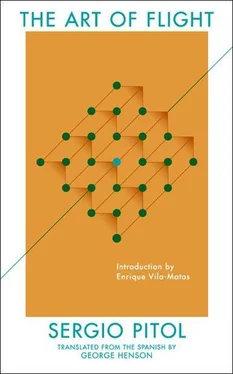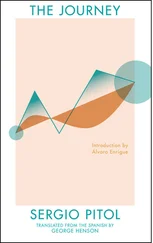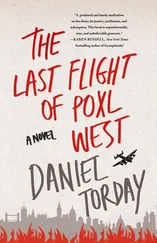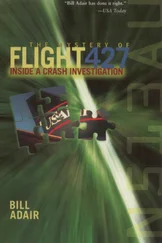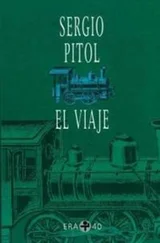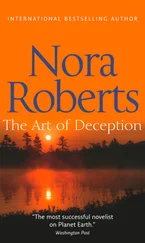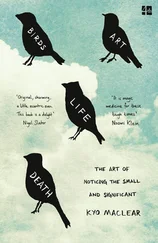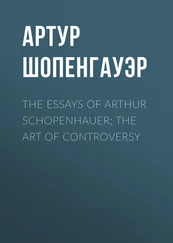Sergio Pitol
The Art of Flight
More praise for Sergio Pitol:
“Pitol is not just our best living storyteller, he is also the strongest renovator of our literature.”
—ÁLVARO ENRIGUE, author of Sudden Death
“One of Mexico’s most culturally complex and composite writers. He is certainly the strangest, most unfathomable and eccentric… [His] voice…reverberates beyond the margins of his books.”
—VALERIA LUISELLI, author of Faces in the Crowd
“[ The Art of Flight ] is the most celebrated of Pitol’s novels… It travels through readings — from Antonio Tabucchi to [William] Faulkner and Thomas Mann — through cities, films, notebooks, and recordings, melancholy memories, hypnosis, and dreams.”
— Letras Libres
“The bountiful work of [Sergio Pitol] is one of the most original in the Spanish language.”
— El País
“[ The Art of Flight ] combines cultural density with autobiographical vigor…a landscape that is classic, desolate, ironic, parodic, and very lively.”
—CARLOS MONSIVÁIS
INTRODUCTION By Enrique Vila-Matas
PITOL IN THE RAIN
Life and literature are fused in Sergio Pitol. And I wonder now if there is anything more Cervantesesque than his passion for confusing life and literature. Somewhere in The Art of Flight, Sergio tells us that he is the sum of “the books I have read, the paintings I have seen, the music I have heard and forgotten, and the streets I have walked. One is his childhood, his family, some friends, a few loves, and more than a few annoyances.”
I think about the streets I’ve had the chance to walk with him. There are streets, side streets, and backstreets traveled in Ashgabat, Veracruz, Caracas, Paris, Aix-en-Provence, Prague, Desvarié, and Kabul. And I’m reminded especially of a rainy day in Aix-en-Provence, where we went to pay tribute to Antonio Tabucchi. I remember the day because there was a pounding rain and Sergio was constantly losing his glasses; the latter was not at all unusual, his penchant for losing and then finding his glasses being legendary. That day he lost them several times, in various bookstores and cafés, as if that were a perfect antidote for not losing his umbrella. I recalled the day that Juan Villoro had found in Pitol’s tendency to lose his glasses a clue to illuminating new aspects of his poetics: “Sergio writes in that hazy region of someone who loses his eyeglasses on purpose; he pretends that his originality is an attribute of his bad eyesight…”
For Villoro, Pitol does not seek to clarify but rather distort what he sees. In The Art of Flight, Pitol tells us that, on his first trip to Venice, back in 1961, he misplaced his glasses upon his arrival, he misplaced them while wondering if he would find death in Venice, death in the city of his ancestors. We also found death and mist, misplaced eyeglasses, and the compact fusion of life with literature on another rainy day, this time in Mérida, in the Venezuelan Andes. We had climbed to four thousand feet and, upon descending into the city, Sergio became alarmed because he thought his blood pressure was too high. We went into a pharmacy where a fourteen-year-old boy, who obviously didn’t know what he was doing, took his blood pressure. “You have five thousand four hundred pesos of blood pressure,” the boy said. Sergio grew faint and startled. “You should be dead,” the boy added. “Ay!” Sergio screamed, and I can still hear today the echo of that scream unleashed in the middle of that Andean city. I explained to him that blood pressure was not measured in pesos and that, besides, the number didn’t make sense, but Sergio remained peaked, and I ended up accompanying him to a nearby clinic where — true to his nature — he would forget his glasses. There, a nurse, who was dressed in an innocent yet almost obscene way (in an unbelievable miniskirt), after a brief examination, would only say that he was in no danger. “None,” she told him. “Oh, Miss,” Sergio added, “it’s as if you had saved my life.” Was that obscene nurse literature itself? Sergio always said that literature had saved his life. Shortly thereafter, he had to once again look for his glasses.
In these anecdotes of rainy days past lies the silhouette of his Cervantesesque life, since, as he says, “Everything is all things.” Reading him, one has the impression of being in the presence of the best writer in the Spanish language of our time. And to whomever asks about his style, I will say that it consists in fleeing anyone who is so dreadful as to be full of certainty. His style is to say everything, but to not solve the mystery. His style is to distort what he sees. His style consists in traveling and losing countries and losing one or two pairs of eyeglasses in them, losing all of them, losing eyeglasses and losing countries and rainy days, losing everything: having nothing and being Mexican and at the same time always being a foreigner.
Translated by George Henson
EVERYTHING IS IN ALL THINGS
YES, I TOO HAVE HAD MY VISION
It was enough just to leave the train station and catch a glimpse from the vaporetto of the façades along the Grand Canal as they came into view to experience the feeling of being one step away from my goal, of having traveled years to cross the threshold, unable to decipher what that goal was and what threshold had to be crossed. Would I die in Venice? Would something arise that could in an instant change my destiny? Would I, perchance, be reborn in Venice?
I was arriving from Trieste; I had not searched for Joyce’s house or for traces of Svevo, nor had I done or seen anything that was worthwhile. I had arrived in the city the evening before, and as I attempted to find lodging in a hotel, an employee detected some anomaly or other in my visa, an error in the expiration date, I believe, which rendered my stay in the country illegal. I was allowed, reluctantly, to spend the night in the hotel lobby. Early that morning I caught the return train; when it stopped in Venice I decided to get off. It must have been seven in the morning when I first set foot on Venetian soil. I would spend the rest of the day there and continue on to Rome on the night express. It is written that misfortunes never come singly: after checking my bag at left-luggage I discovered I had lost my glasses; I searched my pockets and ran to the platform, hoping to find them on the ground, but the sea of travelers and porters bustling about forced me to abandon my search. Most likely, I thought, I had left them at the hotel in Trieste or on the train car I had left in such a rush.
All of this must have taken place in mid-October of 1961. I suddenly found myself in the Piazzetta, eager to begin my tour. My near-sightedness in no way dulled the wonder. I arrived at the Piazza San Marco and drank my first coffee at the Caffè Florian, that place of legend profiled by every writer and artist who ever visited Venice. Next door to the Florian, I bought a guidebook. Seeing up-close — reading, for example — presented little problem. After the coffee, guidebook in hand, I began to walk. The details eluded me, the contours faded; immense multicolored spots, luxurious glows, and perfect patinas appeared all around me. I saw the sparkle of timeworn gold where most certainly there was flaking on a wall. Everything was submerged in mist, like in the mysterious Views of Venice painted by Turner. I walked among shadows. I could and could not see, I caught fragments of a shifting reality; the feeling of being trapped between light and dark grew increasingly more pronounced as a fine, trembling drizzle gradually created the chiaroscuro in which I was moving.
Читать дальше
